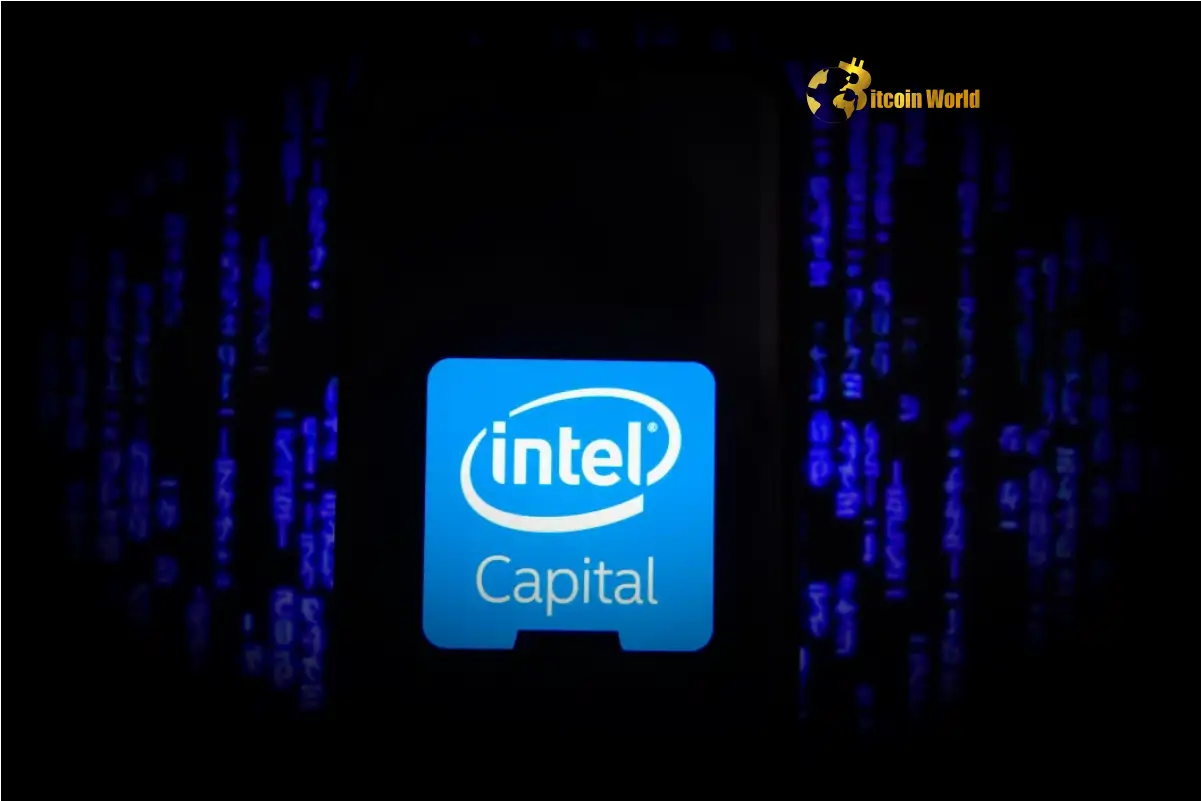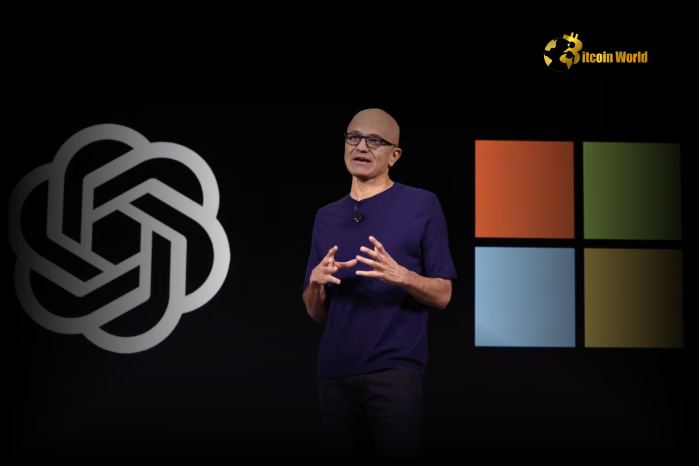Ethereum’s switch from Proof of Work (PoW) to Proof of Stake (PoS) in 2022 was praised as a revolutionary step. The transition cut energy consumption by over 99%, making Ethereum more sustainable.
However, Meltem Demirors, General Partner at Crucible Capital and former CoinShares executive, believes this shift cost Ethereum a trillion-dollar opportunity.
Why PoS Could Have Been a Mistake
 Demirors argues that Ethereum’s transition to PoS weakened its ecosystem by allowing the rise of Layer-2 scaling solutions (L2s).
Demirors argues that Ethereum’s transition to PoS weakened its ecosystem by allowing the rise of Layer-2 scaling solutions (L2s).
 She believes Ethereum would have been stronger under PoW, similar to Bitcoin, benefiting from a robust energy-computation economy.
She believes Ethereum would have been stronger under PoW, similar to Bitcoin, benefiting from a robust energy-computation economy. PoS has led to the rise of MEV (Maximal Extractable Value), which extracts billions from users and apps, making Ethereum less efficient.
PoS has led to the rise of MEV (Maximal Extractable Value), which extracts billions from users and apps, making Ethereum less efficient. Under PoW, Ethereum could have driven advancements in GPU computing—similar to how Bitcoin mining revolutionized hardware technology.
Under PoW, Ethereum could have driven advancements in GPU computing—similar to how Bitcoin mining revolutionized hardware technology.
 “Ethereum could have been a trillion-dollar protocol with its own robust energy-computation ecosystem. Instead, MEV extracts billions in value from users and apps,” Demirors said.
“Ethereum could have been a trillion-dollar protocol with its own robust energy-computation ecosystem. Instead, MEV extracts billions in value from users and apps,” Demirors said.
Ethereum’s Inflation Problem
 In 2022, Ethereum was hailed as “ultra-sound money” due to its deflationary nature after EIP-1559 started burning transaction fees.
In 2022, Ethereum was hailed as “ultra-sound money” due to its deflationary nature after EIP-1559 started burning transaction fees. However, data now suggests that Ethereum is experiencing its longest inflationary period since switching to PoS.
However, data now suggests that Ethereum is experiencing its longest inflationary period since switching to PoS. According to Ultrasound Money, Ethereum’s current annual inflation rate is 0.76%, with 943,000 ETH issued annually while burning only 27,000 ETH.
According to Ultrasound Money, Ethereum’s current annual inflation rate is 0.76%, with 943,000 ETH issued annually while burning only 27,000 ETH.
 What does this mean? The narrative that Ethereum is a better store of value than Bitcoin might no longer hold true.
What does this mean? The narrative that Ethereum is a better store of value than Bitcoin might no longer hold true.
Was Ethereum Ever Meant to Be Money?
 Ethereum lead developer Peter Szilágyi recently stated that ETH was never meant to be money.
Ethereum lead developer Peter Szilágyi recently stated that ETH was never meant to be money.
 “ETH was meant to support a decentralized world… None of the OGs wanted ETH to be money, ever,” he said.
“ETH was meant to support a decentralized world… None of the OGs wanted ETH to be money, ever,” he said.
 This challenges the idea that PoS would make Ethereum more valuable as a deflationary asset. If ETH isn’t meant to be money, what is its ultimate purpose?
This challenges the idea that PoS would make Ethereum more valuable as a deflationary asset. If ETH isn’t meant to be money, what is its ultimate purpose?
Ethereum’s Scaling Boom
Despite these concerns, Ethereum’s network is growing fast:
 Ethereum scaling activity is at an all-time high, thanks to the EIP-4844 upgrade, which significantly lowered gas fees for Layer-2 transactions.
Ethereum scaling activity is at an all-time high, thanks to the EIP-4844 upgrade, which significantly lowered gas fees for Layer-2 transactions. Ethereum’s combined transactions have jumped from 140 to 285 TPS, according to zkLink CEO Vince Yang.
Ethereum’s combined transactions have jumped from 140 to 285 TPS, according to zkLink CEO Vince Yang.
 This could solidify Ethereum’s role as the leading smart contract platform, even if its economic model remains a subject of debate.
This could solidify Ethereum’s role as the leading smart contract platform, even if its economic model remains a subject of debate.
The post Was Ethereum’s Move to Proof of Stake a $1 Trillion Mistake? appeared first on The Cryptoplay : All updates about Cryptocurrency worldwide.





